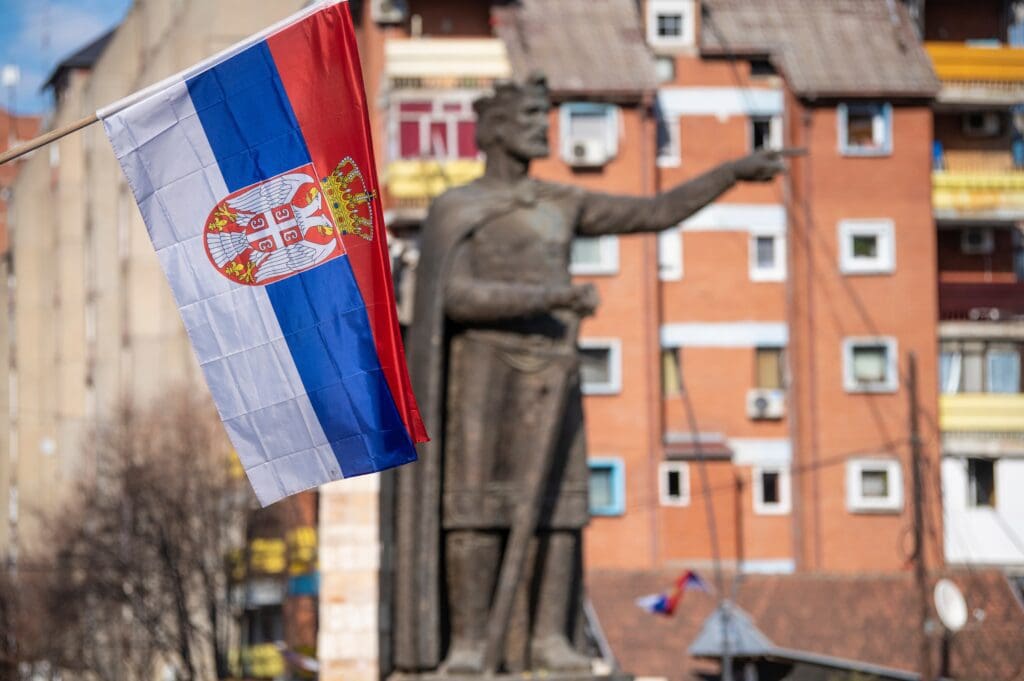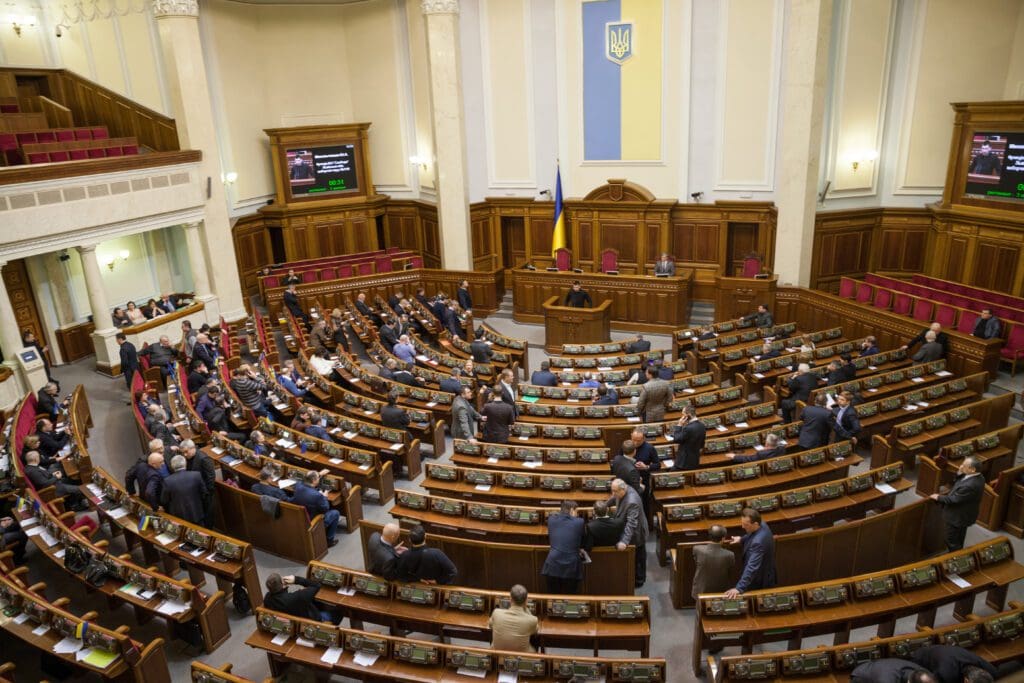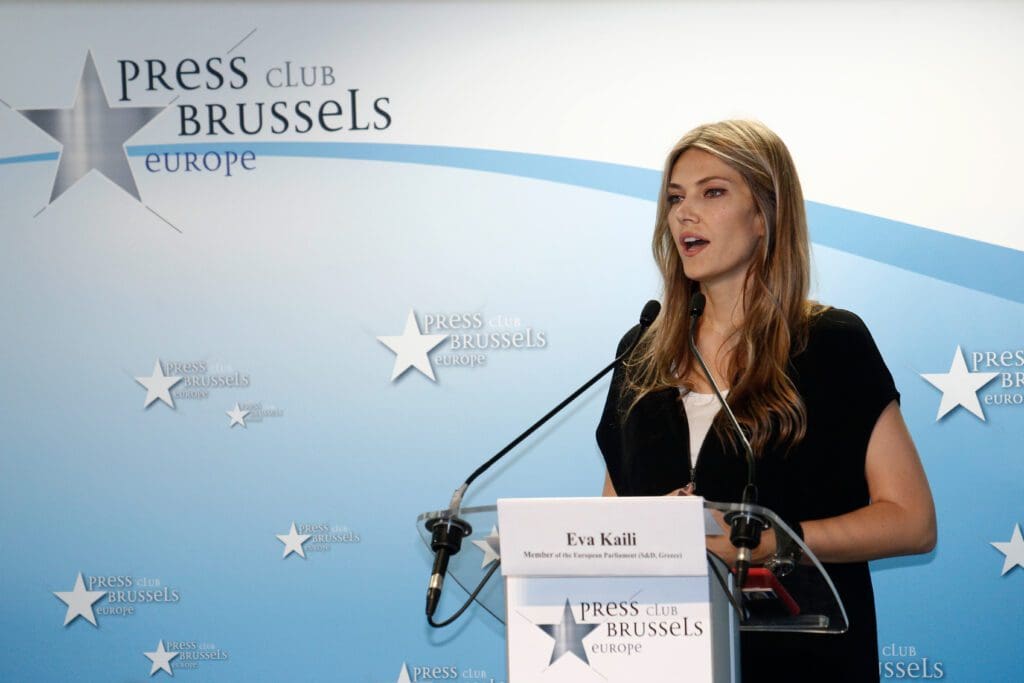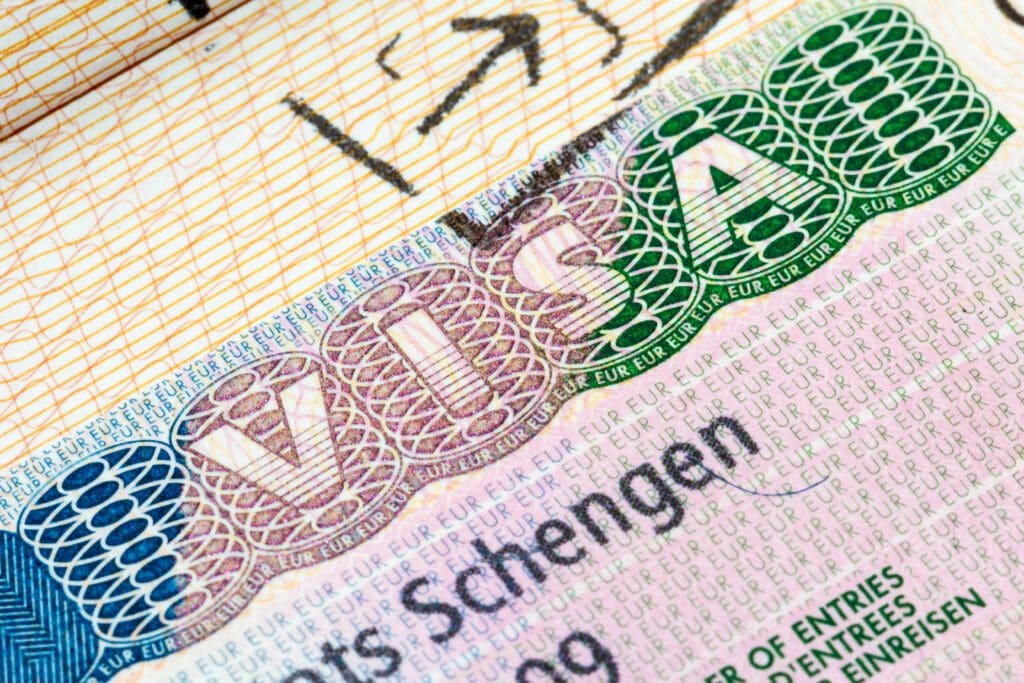




Hungary’s national anthem, the Hymn was written 200 years ago by Ferenc Kölcsey.

Hungary’s greatest philosophical poet Imre Madách, author of The Tragedy of Man, was born 200 years ago today.

It is not only British Conservatives, but members of the liberal opposition, too, who are alarmed by the move. Even Keir Starmer, the leader of the Labour Party came out in opposition to reducing the age limit for legally changing one’s gender.

Ancient Hungarian, protected breeds are raised at Hortobágy, including Racka sheep, Nonius horses and Hungarian Grey Steppe cattle.

Gáspár Miklós Tamás was an unconventional intellectual, one of the most famous Hungarian philosophers of the century and an important figure of the regime change years.

From Czechia to Ukraine, voters in several countries of Central and Eastern Europe will be going to the polls in 2023.

The accusations made against Amnesty International as an employer over the past years point towards an institutional failure to live up to the standards the organisation advocates for.

Veszprém-Balaton’s year as European Capital of Culture will be dedicated to creativity, with art, music and gastronomy-related events being at the core of the programmes.

The concerns about financial security and the moderately enthusiastic assessment of overall life satisfaction by Hungarians in 2022 reflect the difficulties the country’s economy is facing, induced partly by the EU’s sanctions policy.

Despite the tensions with Serbia, in December 2022 Kosovo formally applied to join the EU. But unless relations between Serbia and Kosovo are normalized, accession of either of the countries is unlikely.

The corruption scandals of the EP make the lack of accountability of EU institutions visible for European citizens, contributing to increased disappointment with the system as it is today.

On January 1, 2023, border controls were lifted on the Croatian-Hungarian border. As the Croatian seashores are one of the most favourite tourist destinations of Hungarian tourists, Croatia’s accession to the Schengen Zone is great news for Budapest.

‘There are some member states that have their own historical sensitivities, and they don’t want European legislation on minority rights because that would mean that they must put their own house in order. 50 million Europeans who belong to a national minority are not protected by anti-discrimination legislation.’

Ukraine’s newest attempt to meet EU expectations regarding national minority rights has again failed to grant sufficient institutional protections to the numerous minorities living in the country.

As communist ideology considered religion, including Christian faith ‘the opium of the people’, as Karl Marx famously put it, its teachings were labelled harmful—and so was celebrating Christmas as a Christian holiday.

While Hungarian national memory of communism is far from being consolidated, the tendency among young people to view their ancestors’ actions under a totalitarian regime with empathy while at the same time to strongly reject communism as a political ideology is a promising development.

As Szentendre is located only a short distance from Budapest, the town is a perfect destination for a day trip—especially during the winter holiday season.

There is a myriad of Christmas carols, some of which come and go, but there is one familiar song that has been consistently among the top favourites of everyone who celebrates Christmas—and that is Silent Night.

The Hungarian comedy The Corporal and the others features a group of Hungarian soldiers who defected and who are bound together by a common objective— to survive World War II. The humorous and entertaining movie full of unexpected twists and turns is a great comedy to watch while preparing for Christmas.

A 2020 study found that snow during the winter holiday season was the most frequent in the 1930s and the 1960s, while nowadays there are significantly fewer white Christmases in Hungary. The rise in global average temperatures is most likely behind this phenomenon.

The EU’s most recent corruption scandal—the second within a short period of time—is a reminder of the lack of accountability and popular oversight of Brussels.

The Czechs and the Slovaks are growing increasingly dissatisfied with Europe’s sanctions policy that makes families bear the cost of the war.

EU memory politics places almost exclusive emphasis on Nazism and downplays the significance of Communism in the historical experience of East-Central European members states.

The drama set in December 1944 under the Arrow Cross rule in Budapest presents viewers with a thought-provoking moral dilemma about the importance of human dignity.

The world-famous Hungarian composer, ethnomusicologist, and creator of the Kodály method was born 140 years ago on this day.

Austria and the Netherlands vetoing Romania and Bulgaria’s Schengen accession contributes to the cementing of a multi-speed Europe.

In a referendum on 14 December 1921, the town of Sopron voted to remain part of Hungary, for which it has been celebrated as the town of loyalty and freedom ever since.

Protests, roadblocks, police officers being injured and imprisoned in North Kosovo have again escalated the conflict between Kosovo and Serbia.

Nativity plays and nativity scenes are an integral part of Hungarian Christmas traditions.

Hungarian Christmas markets regularly make it to the top of European rankings as the country prepares for the festive season.